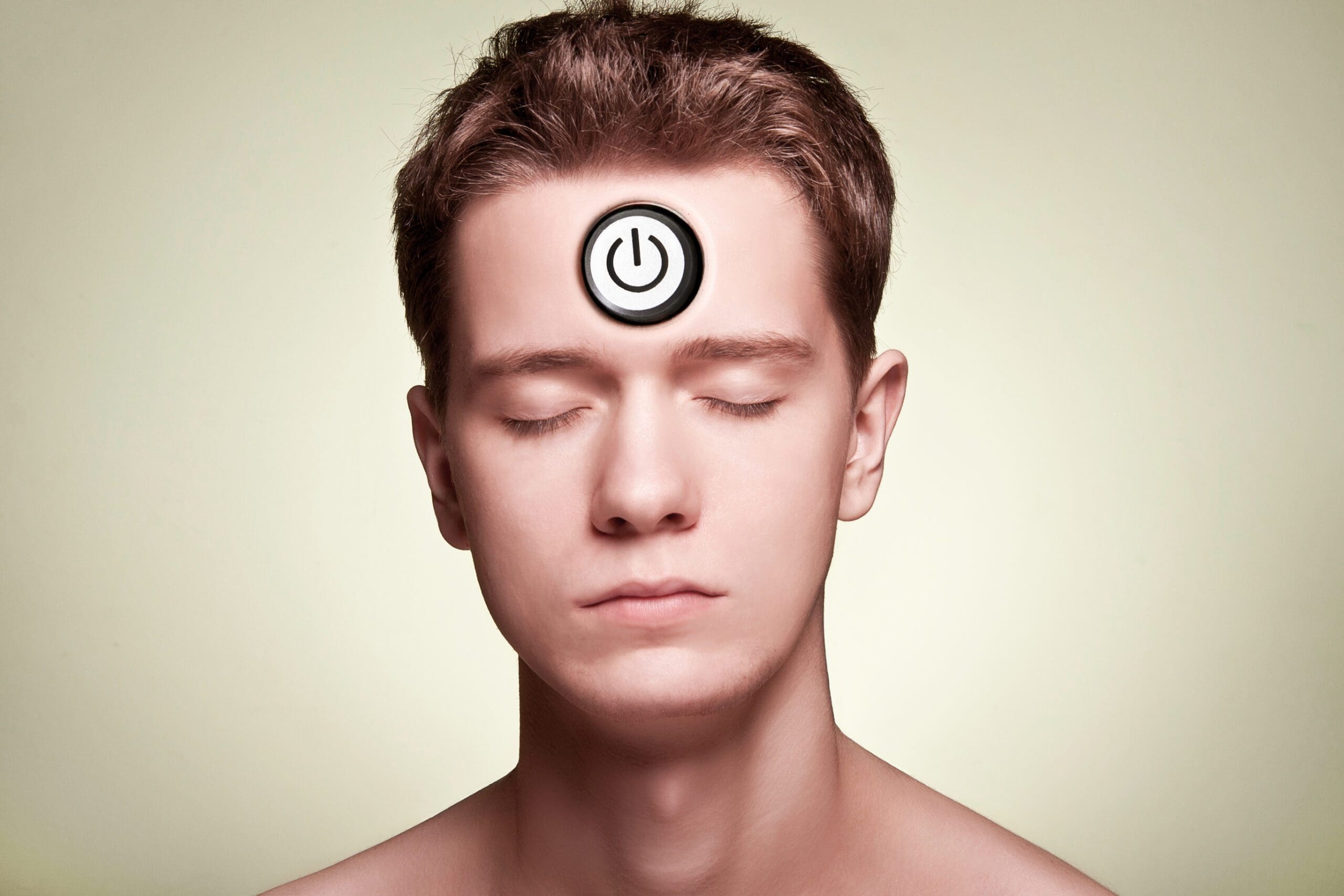Many years ago, one of my colleagues and friend and partners, Dr. Craig Venter, the first scientist to sequence a human genome, led me to understand that he saw our genetic material – our DNA, our chromosomes, and our genes – as a programming language. There is a set of instructions resident in our DNA that our body and our cells rely on, driving what molecules are synthesized, what molecules are secreted into the local environment, how those cells mature and differentiate or specialize and what their fate ultimately will be. It’s all resident in that genetic material. That coding language.
I love that description, and it made a lot of sense to me. In fact, if you think about it, DNA has a very reliable structure and pattern, and it does behave like a true kind of computational coding language. So if our biological software resides in the nucleus of every cell – in the DNA – where does that coding language get read? It gets read in the ribosomes and endoplasmic reticulum – in the cytoplasm of our cells where all of the translation of the transcribed genes takes place – in order to produce proteins and peptides and so on.
So I thought, “Well, that means that the cytoplasm of the cell is sort of like the insides of the computer.” The software resides in the nucleus and the cell is like a compiler. As the software gets read, the instructions get passed on, and the products from those instructions get produced and either used inside the cell or secreted. So, that got me thinking that every stem cell houses a perfect set of those instructions: a perfect copy of that biological software. As such, could that stem cell be the best repository, or master boot disk, if I wanted to reinstall the software? My biological software?
I became very comfortable with a model that basically indicated that the power of stem cells is that they retain a perfect copy of the biological software. And that that biological software was essential to maintaining our health and our functionality as we go through our lives. Now, here’s the other important thing to keep note about this biological software? It’s written in DNA, the nucleic acid molecules that make up every helix of our chromosomes. And that that material is exposed, in our lifetime, to things like radiation, viruses, and to forces that can damage the structure of that DNA, of those nucleic acids. That damage can be seen as an accumulation of defects in the software.
However, for any of us who remember the days when we had floppy disks, it was very easy to corrupt the software that you were trying to install on your computer. And when you did that, what happened? The program didn’t run properly. It crashed and you got errors. So, the concept that our biological software was potentially corruptible led me to believe that one of the great potential powers or usage of stem cells would be to keep a perfect copy of our biological software for future re-installation.
That was kind of the way my mind worked. Thinking about every pluripotent and every versatile stem cell as a master boot disk, that perfect copy of software gets stored in an uncorrupted, pristine form. We have the ability today, through cryopreservation, to collect those cells at birth and store them away!
So, think about the following. If your biological software, over time, because of viruses, radiation, bad food, poisons, et cetera, is degraded and corrupted, and part of the processes of keeping you alive is to replace that damaged software, you could have a perfect copy from birth of your software! Wouldn’t that be an opportune time to reinstall that master disk and bring your software back to its pristine form?
Think about that as a concept: how to address the diseases and accumulated problems in aging. Anybody who knows how to use a cell phone or a computer is going to understand that that makes a lot of sense. And so, that was kind of the standing hypothesis that has led us to explore how to best preserve the quality of the uncorrupted software resident in stem cells, and then make enough copies of those stem cells that they can be given back to you during your lifetime. Would that be a way to maintain your health and the quality of your organs and tissues, and their functions, as we age?
To me, that seems like a very logical, straightforward approach that, arguably, could be done virtually at any time in your life. So, where are we at now? Look at the things that we fear most as we age: loss of high performance mobility, loss of high performance cognitive function, and loss of high performance immunity. And then, perhaps selfishly, but not too selfishly, loss of youthful aesthetics. I believe we have tools available today to enable us to preserve that high quality mobility, cognition, immunity, and youthful aesthetics, and those tools ideally come in the form of living cells. Those living cells are the best way to store a perfect master copy of your software, that’s uncorrupted and can be used to replace anything that gets damaged in your software during your lifetime.

